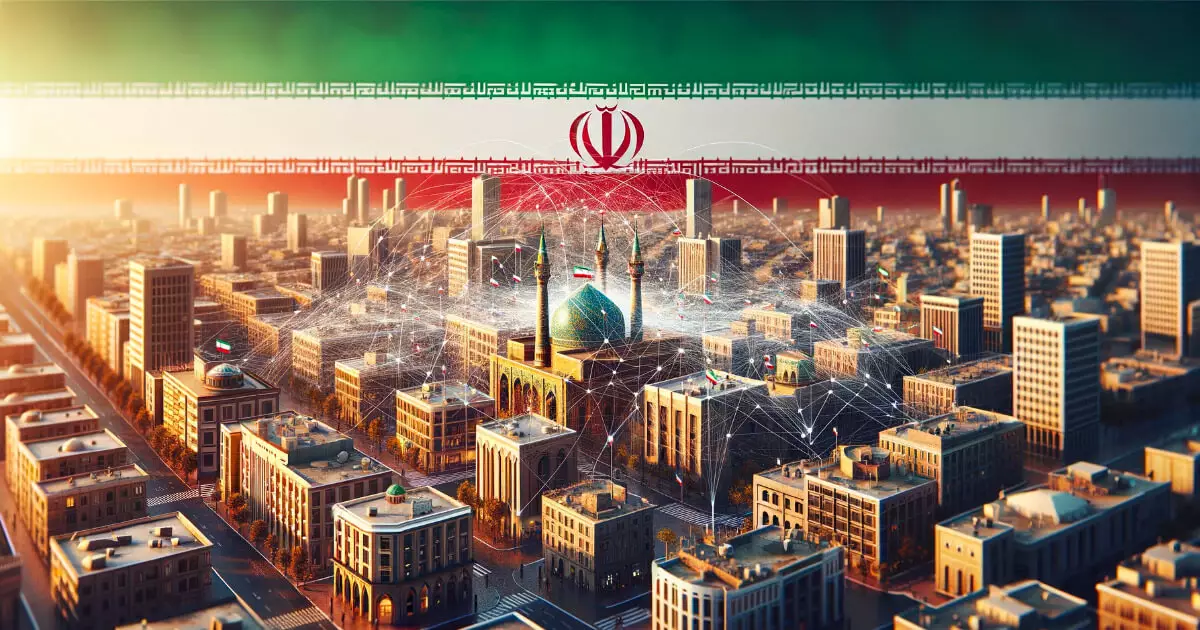The financial landscape is undergoing a seismic shift as countries explore the potential of Central Bank Digital Currencies (CBDCs). Among them, Iran stands poised to reshape its banking ecosystem with the introduction of the Digital Rial. This innovative initiative aims to align Iran’s financial framework with the global digital economy while enhancing economic resilience in the face of external pressures.
In a recent announcement, Iran’s Central Bank Governor, Mohammad Reza Farzin, unveiled plans to launch the Digital Rial during the 11th Annual Conference on Modern Banking and Payment Systems. The Digital Rial will rely heavily on Iran’s sophisticated digital banking infrastructure, notably the Shetab payment network known for its quick transaction processing capabilities. The Central Bank’s commitment to modernizing infrastructure reflects a strategic move to streamline both domestic and international transactions, which have often been hindered by operational inefficiencies.
The Digital Rial represents more than just a new form of currency; it constitutes a critical element of Iran’s broader digitalization effort. By advancing its financial systems, Iran aims to position itself at the forefront of banking innovation in the region. As Governor Farzin noted, the vision goes beyond simply creating a digital currency; it encompasses a comprehensive approach to adapt and collaborate with prominent global financial networks.
Iran’s pursuit of the Digital Rial can largely be attributed to the economic constraints imposed by international sanctions. Traditional banking channels, particularly those associated with the SWIFT system, have been largely off-limits for Iranian institutions, creating a pressing need for alternative financial solutions. The introduction of the Digital Rial aligns with Iran’s objective to enhance its financial sovereignty and protect its economy from external disruptions.
In light of these constraints, Farzin emphasized that the currency is designed to optimize Iran’s financial operations. The development of the ACU-MIR platform is another critical component, designed to facilitate trade across regional partners such as India and Pakistan while bypassing conventional banking systems. This strategy not only demonstrates Iran’s quest for economic autonomy but also highlights its intent to fortify economic ties with other emerging economies, particularly within the BRICS alliance, which advocates for monetary independence from Western-dominated financial structures.
Beyond domestic transactions, the Digital Rial is a tool for promoting cross-border trade and regional connectivity. Iran has taken significant steps to integrate its payment systems with other nations, notably through the collaboration with Russia’s MIR payment system. This strategic partnership will allow for interoperable transactions between Iranian and Russian financial systems, facilitating tourism and commerce. Russian tourists will soon be able to utilize Iran’s point-of-sale systems, while Iranian travelers will gain similar access in Russia, beginning in early 2025.
Such collaborations illustrate Iran’s intent to become more embedded in the regional financial ecosystem. By establishing frameworks that allow for seamless cross-border transactions, Iran hopes to strengthen its economic position within a shifting global paradigm that increasingly favors localized currency use over reliance on fiat currencies like the U.S. dollar.
The introduction of the Digital Rial could signify a fundamental shift within the Iranian banking sphere. As the country seeks to bolster its economic resilience, the Digital Rial stands as a pivotal component for redefining financial operations. It enhances operational efficiency, reduces transaction costs, and serves as a vital checkpoint for maintaining financial stability amid external challenges.
The broader implications of this digital currency initiative may extend beyond Iran’s borders, potentially influencing global discussions on the future of money and banking. As more countries explore CBDCs, Iran’s actions may serve as a blueprint for other nations looking to navigate similar financial pressures.
The Digital Rial is not merely a response to current economic challenges but a visionary step toward integration in an increasingly digitalized financial world. By prioritizing innovation and resilience, Iran aims to carve out a significant role in the regional and global financial landscape, redefining its approach to banking for a new era.

